Londinium

The Laandan town, historic capital and financial centre

London and England are almost synonymous to the tourist, just about all trips to the UK start here and deservedly so, for if it doesn’t happen in London, it simply doesn’t happen. London is by far the biggest city in the UK, for hundreds of years it was the centre of the known universe, and it is one of the most diverse and cosmopolitan places on earth. With world class everything, if you are bored of London, you are bored of life.
I have visited, lived and worked in London, and have enjoyed it from all angles. Outsiders say that it’s an expensive place to live (which it certainly can be) but like any big city it has areas and people from all walks of life, anyone can live there. While not living in London I still usually find myself there once or twice a year, not least due to it having the world’s busiest international airport at Heathrow.
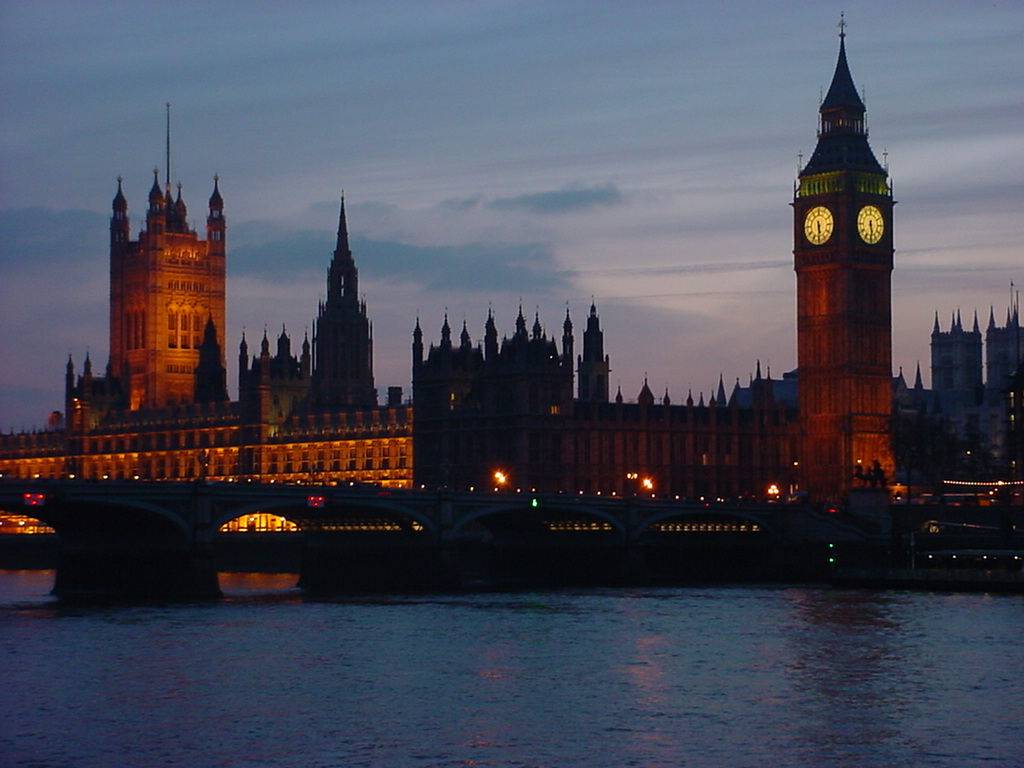
Dusk at the Palace of Westminster, that most emblematic image of London and the United Kingdom. Big Ben stands on the right, although you’ll always get some pedant reminding you that Big Ben is in fact the bell, inside the Elizabeth Tower.
As part of the millennium celebrations at the end of the 20th century, the British Airways London Eye went up, at the time the world’s biggest big wheel (I dislike the term “ferris”). There are great views to be had across London and over to the Houses of Parliament.
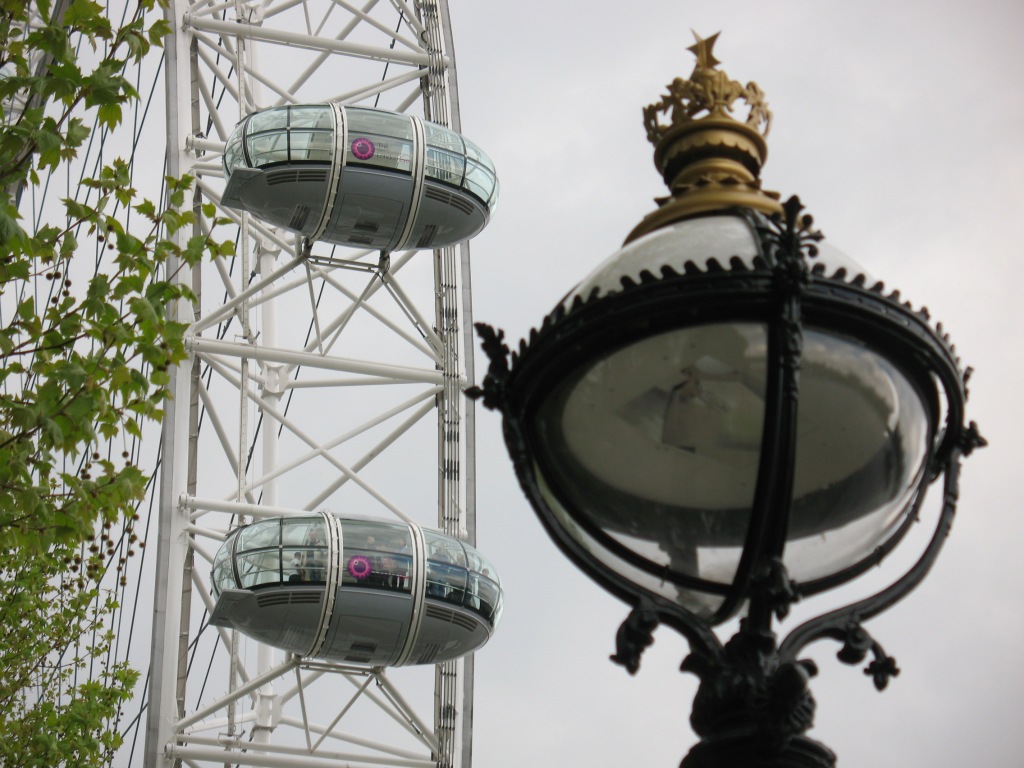

More London iconic imagery, the red phone boxes which must surely be running at a massive loss in these days of mobile phones. Still, if they keep the tourists flocking… Harrods in the background is one of London’s largest, most famous and most expensive department stores. For a long time it was famously owned by Egyptian Mohammed al-Fayed, but in 2010 it was sold to Qatar Holdings.
Queen Victoria missed her husband Albert so much after he died, that she set about building all variety of monuments and public buildings, and renamed streets across the land to remember him by. This is the Albert Memorial in Hyde Park, featuring a gold plated Albert. The domed Royal Albert Hall can be seen behind, the Victoria and Albert Museum is a few streets away, and Albert Place is just a bit further in South Kensington…


The Natural History Museum in South Kensington is another of London’s must-see attractions, all the better that entry is free these days.
Up towards Bloomsbury and Russell Square is the British Museum. Don’t bother going abroad, we’ve already nicked all the best stuff, you’ll find it in here.
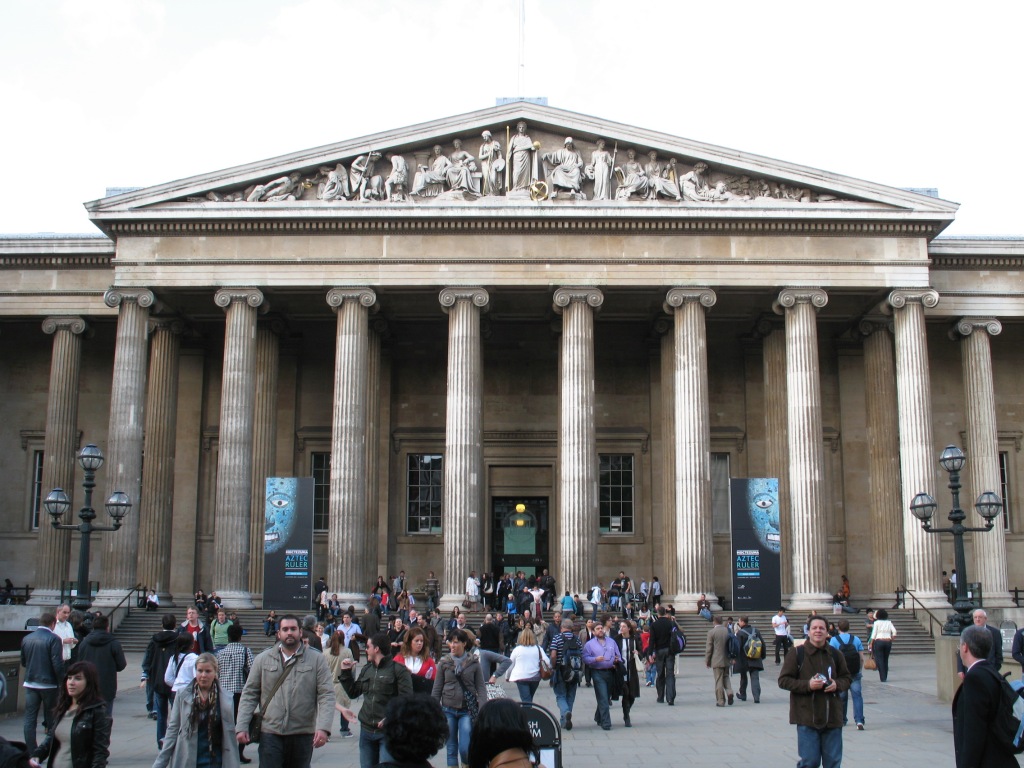

During 2009 Trafalgar Square was the location of a month-long live artwork by Antony Gormley, showcasing nothing fancier than the Great British Public. All paricipants had a one hour slot on the Fourth Plinth, to do with as they wished. The Fourth Plinth was intended for a permanent statue, but in 150 years nobody could make up their mind what to put there.
The Tower of London, the historic fortress and notorious prison in east London on the banks of the Thames. It was founded shortly after William the Conqueror showed up in 1066, and is also where the crown jewels are kept.

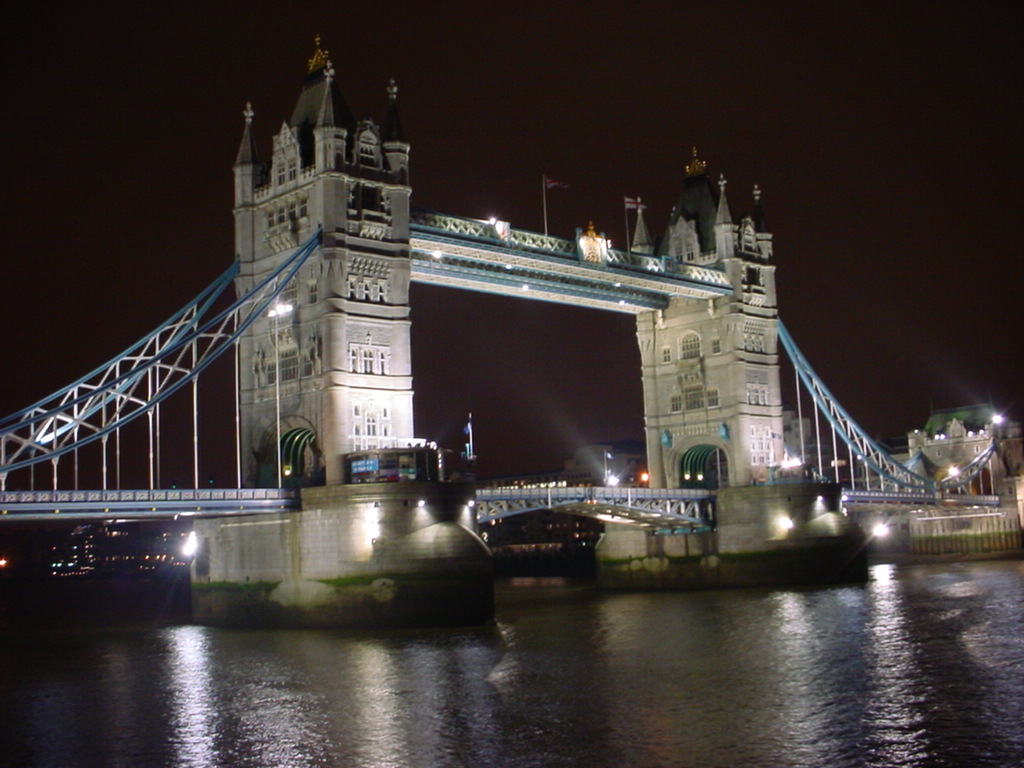
Tower Bridge has become another of England‘s iconic landmarks over time, since it was initially frowned upon following construction in the late 1800s. The bridge opens occasionally even today, to let through larger vessels navigating the Thames. The legend goes that it was this bridge which the American Robert McCulloch thought he had bought in the 1960s to be transported to Lake Havasu, Arizona. He would have been very disappointed when he opened the box.
Piccadilly Circus is the closest thing to Times Square in London, massive advertising hoardings like this are almost unseen anywhere else in the UK. The “circus” part refers to the erstwhile roundabout, long since blocked off.
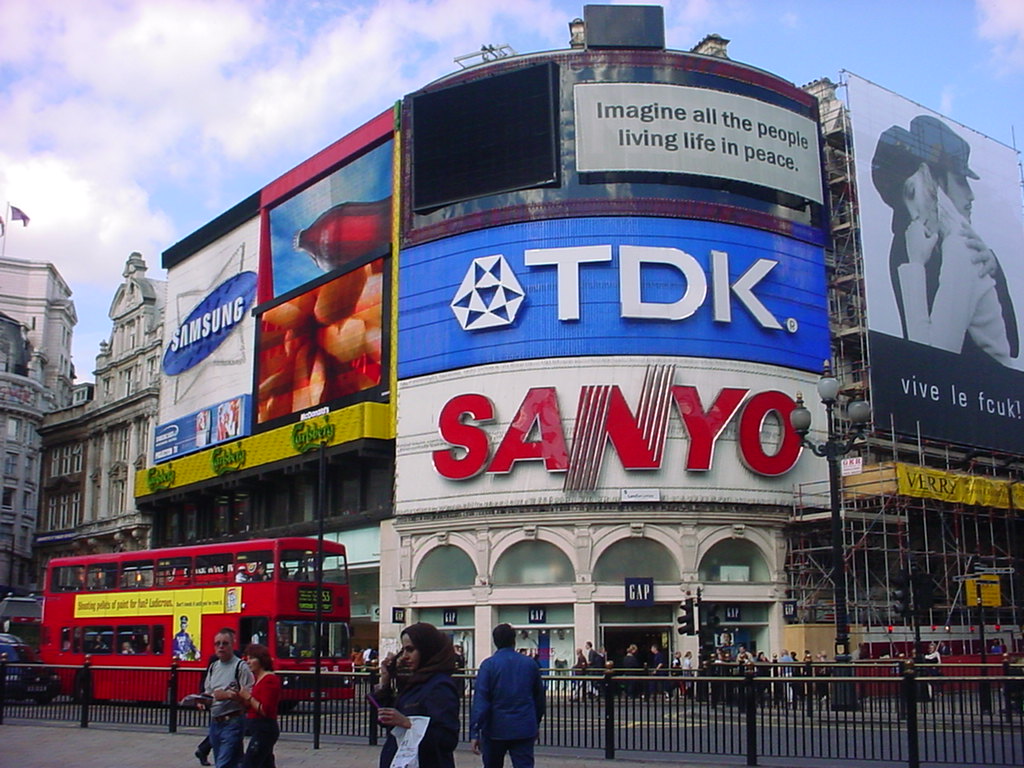
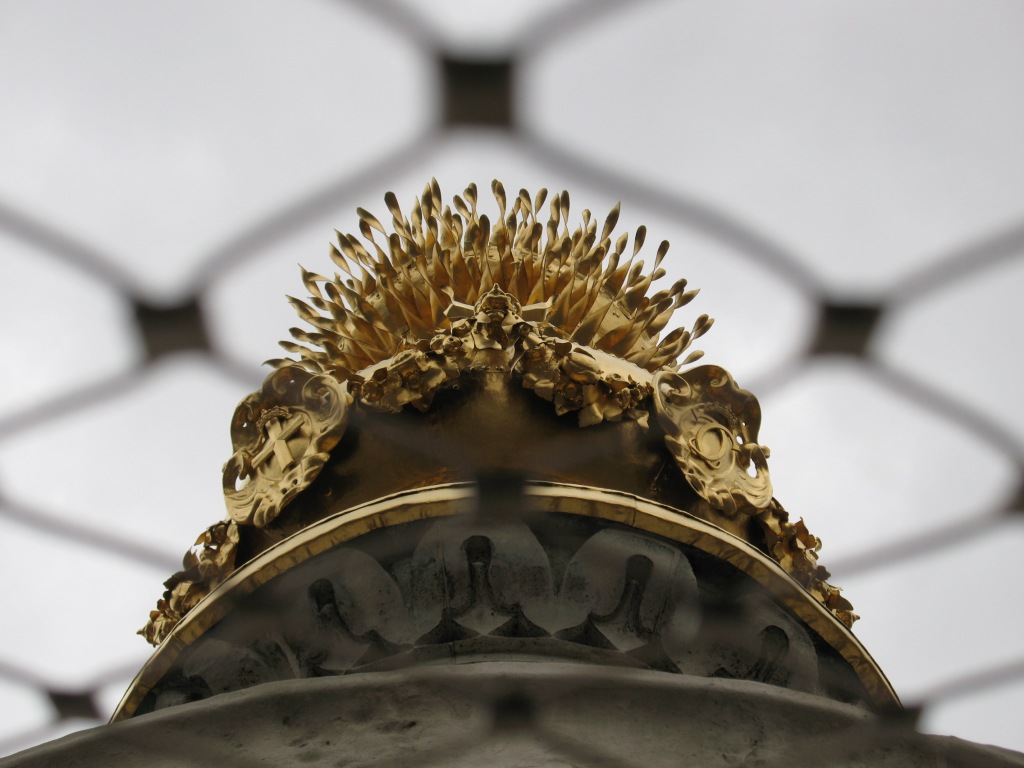
The Great Fire of London is commemorated by The Monument at Pudding Lane, the place where the unfortunate incident began in 1666. The aftermath saw a complete redesign of the City of London, with wider, grander streets to stop fire spreading, and a new St Paul’s Cathedral.
“New” St Paul’s Cathedral as built by Sir Christopher Wren following the Great Fire of London. It was built in around 40 years, which is remarkably quickly for a cathedral, and bears a not-unintentional resemblance to St Peter’s Basilica in Rome. The Millennium Bridge in the foreground is a much newer venture…
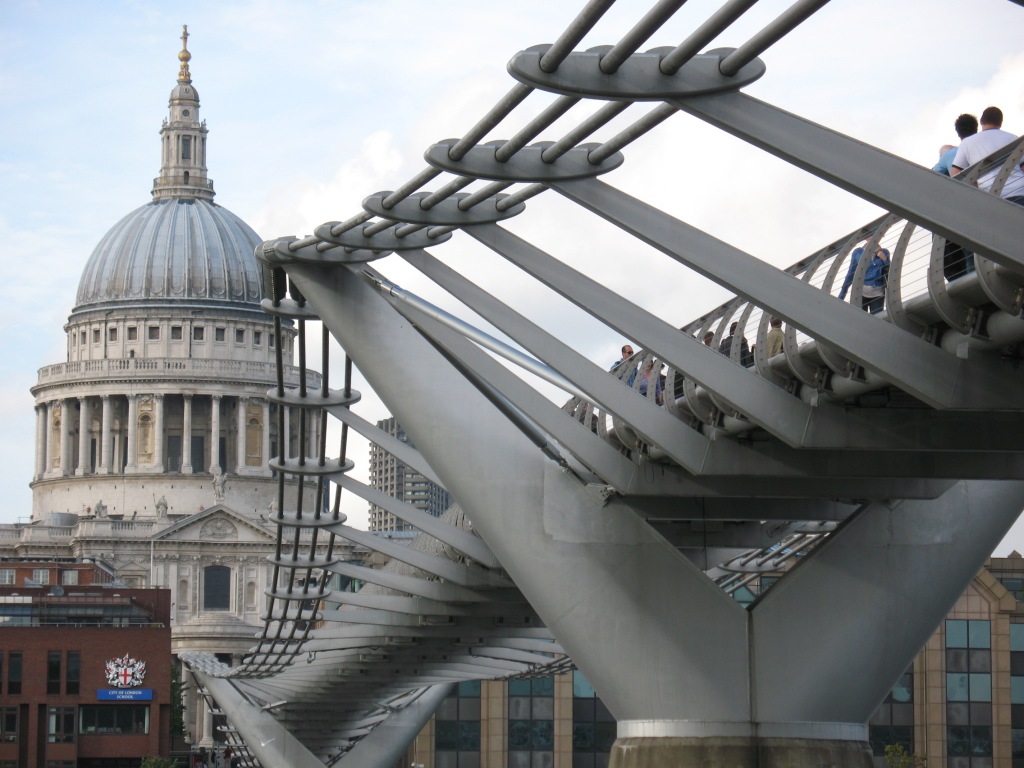
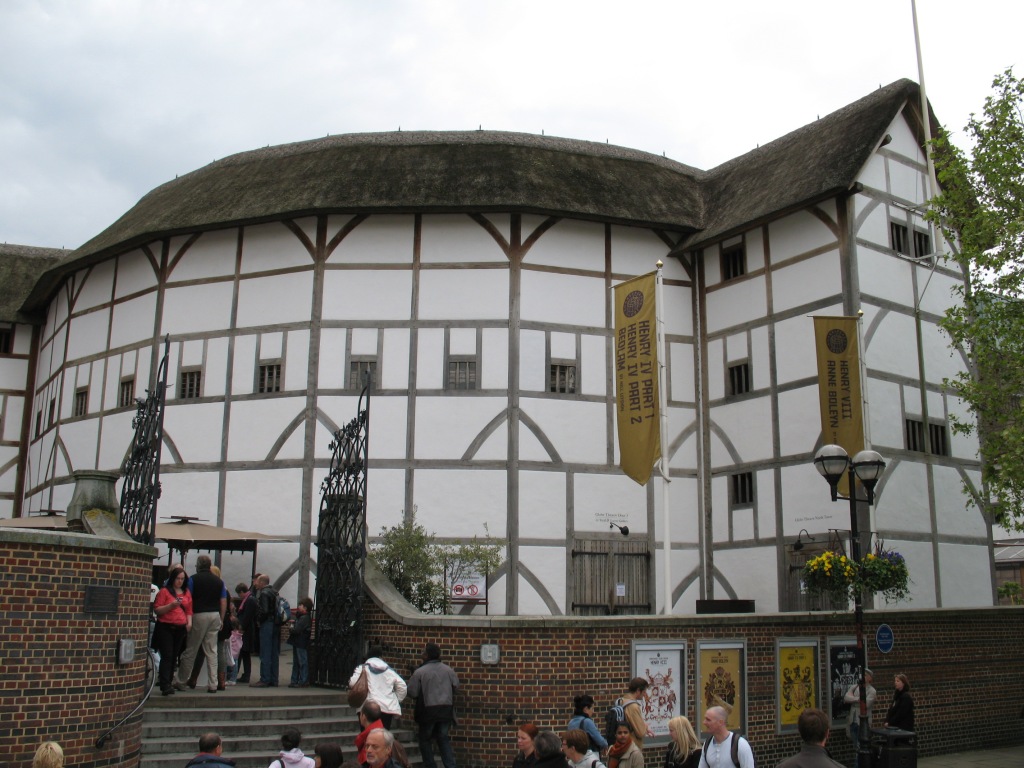
Shakespeare’s Globe Theatre is just across the Thames from St Paul’s, and shows the Bard’s plays in the same setting and with the same technology as days of yore. Summer only though – there’s no heating, and mostly no roof.
London is not nearly so built up as other world cities in its league, largely due to very strict planning laws and the density and quality of what was built in Edwardian and Victorian times. This is the centre of the City of London, the “Square Mile”, which sports newer high rises such as the Gherkin on the right. There has also been considerable development since I took this photo in 2010.

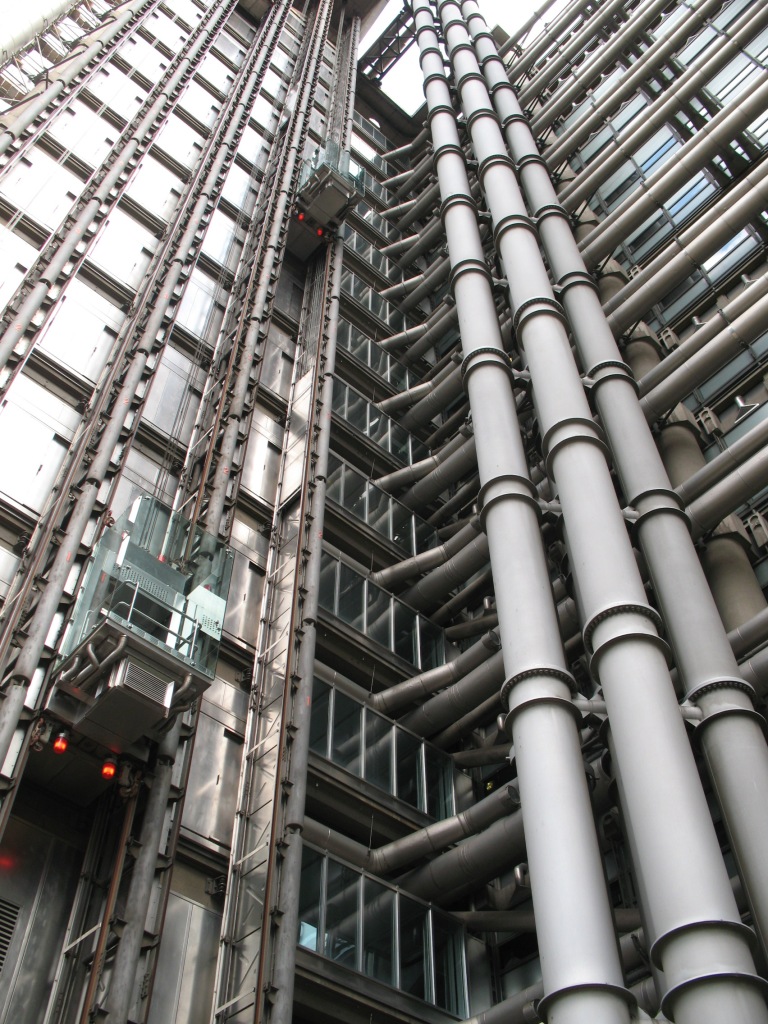
The Lloyd’s Building is another of London’s pieces of daring modern architecture, designed by Richard Rogers in the 1980s and housing the Lloyd’s Insurance Company. It bears more than a passing resemblance to another of his well known works, the Pompidou Centre in Paris.
Further down the Thames is Greenwich, complete with its Royal Observatory. This spot was chosen as the prime meridian, zero degrees east or west, and the point from which all world time is now measured. This is the view from the observatory towards the docklands. Again since I took this photo in 2010, the skyline has erupted.


The redeveloped Canary Wharf docklands area, and the Millennium Dome. This has all appeared since the early 1990s.
The Millennium Dome was another of the Labour Party’s year 2000 celebratory splurges of public money, costing the thick end of a billion pounds. Only half the number of people showed up that were expected, and the exhibition closed a critical and commercial failure. The dome itself struggled for years afterwards to attract a tenant and indeed use, but is now finding purpose as the rebranded O2 concert arena.
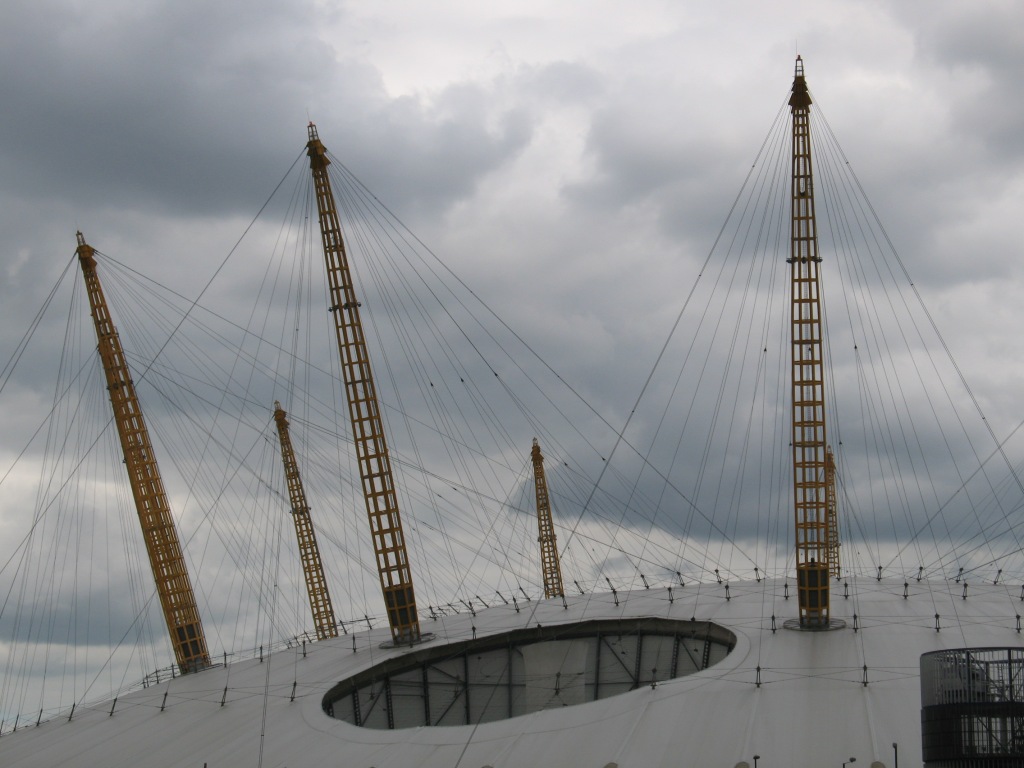
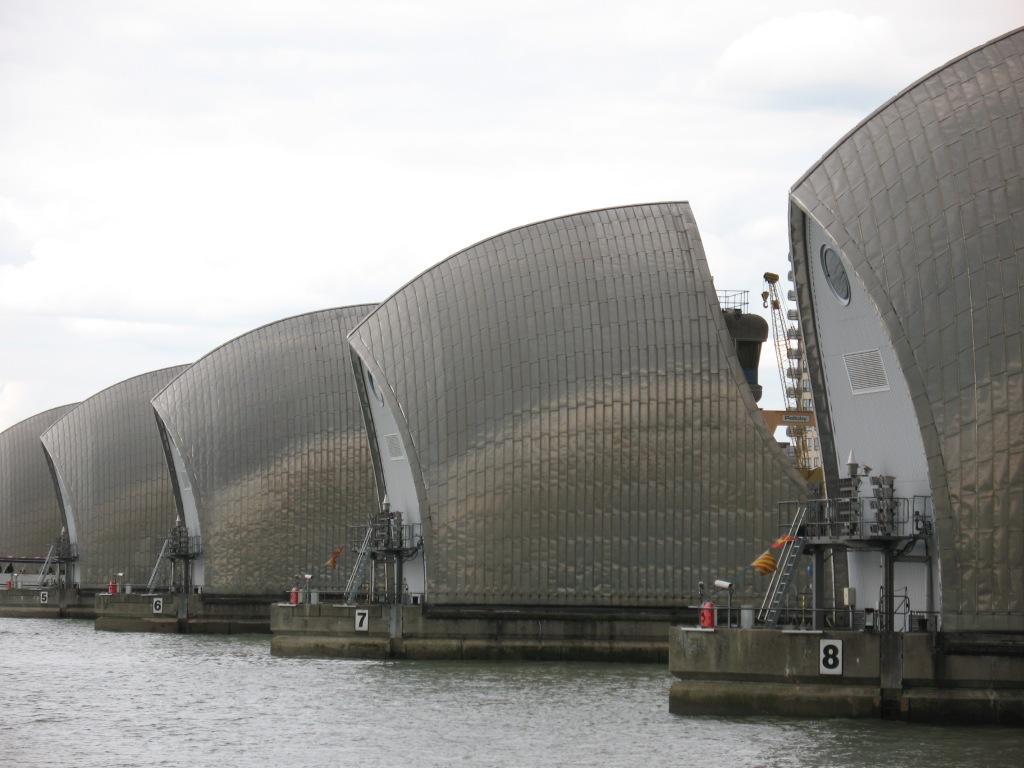
London sits at only around 6 feet above sea level, so melting ice and rising tides are of real concern ’round these parts. The Thames Barrier was built to block out storm surges and unusual tides, but even it has its limits, and is being raised more and more often as each year passes.
Hampton Court Palace is a tremendous place, one of the top attractions of west London. It is the former residence of Henry VIII, and his kitchens are a definite highlight of the visit. If you’re lucky, you may even see some ghosts of Tudors past strolling the hallways…
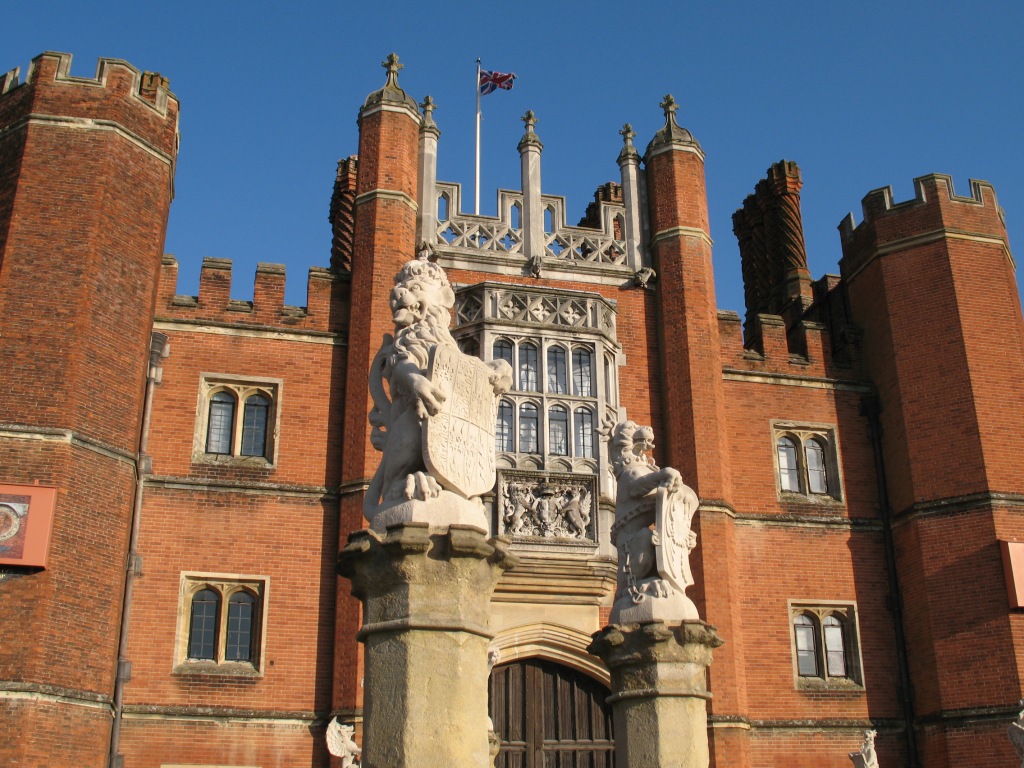
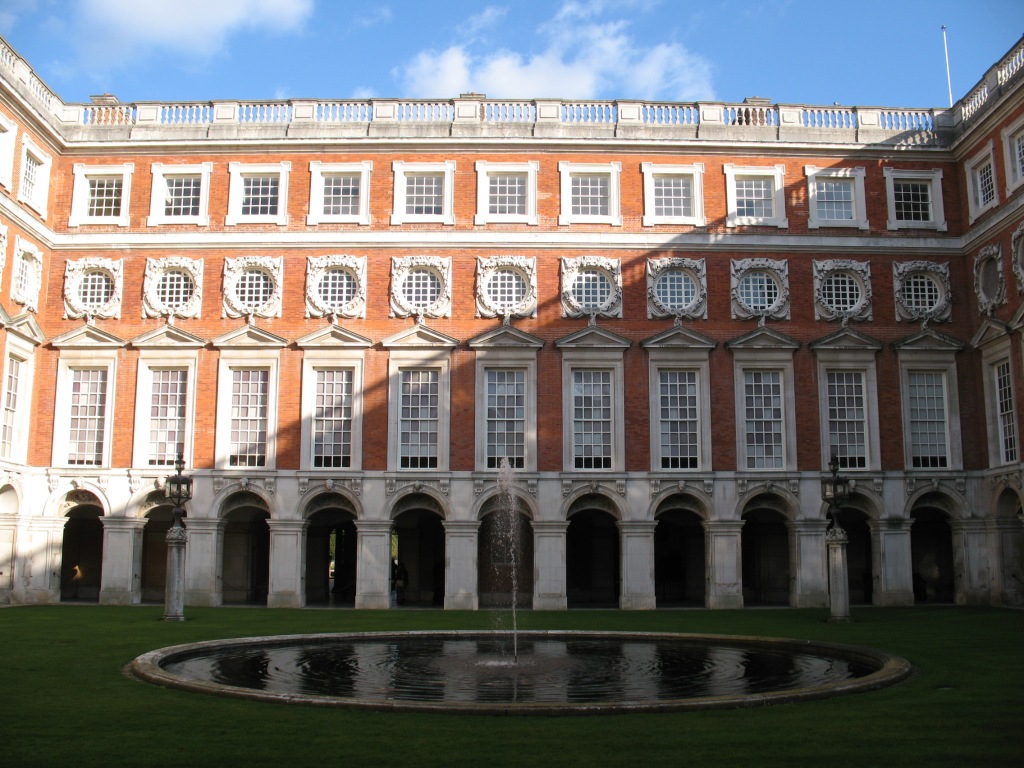
A courtyard within the newer (but still over 400 years old) section of Hampton Court. Hampton Courtyard, indeed.
Kew Gardens is another of the understated west London attractions, the glass houses and palm house are very impressive, and the place contains an astounding 25% of all known plant species in the entire world. This is the Japanese garden and pagoda in the background, which is itself over 250 years old.
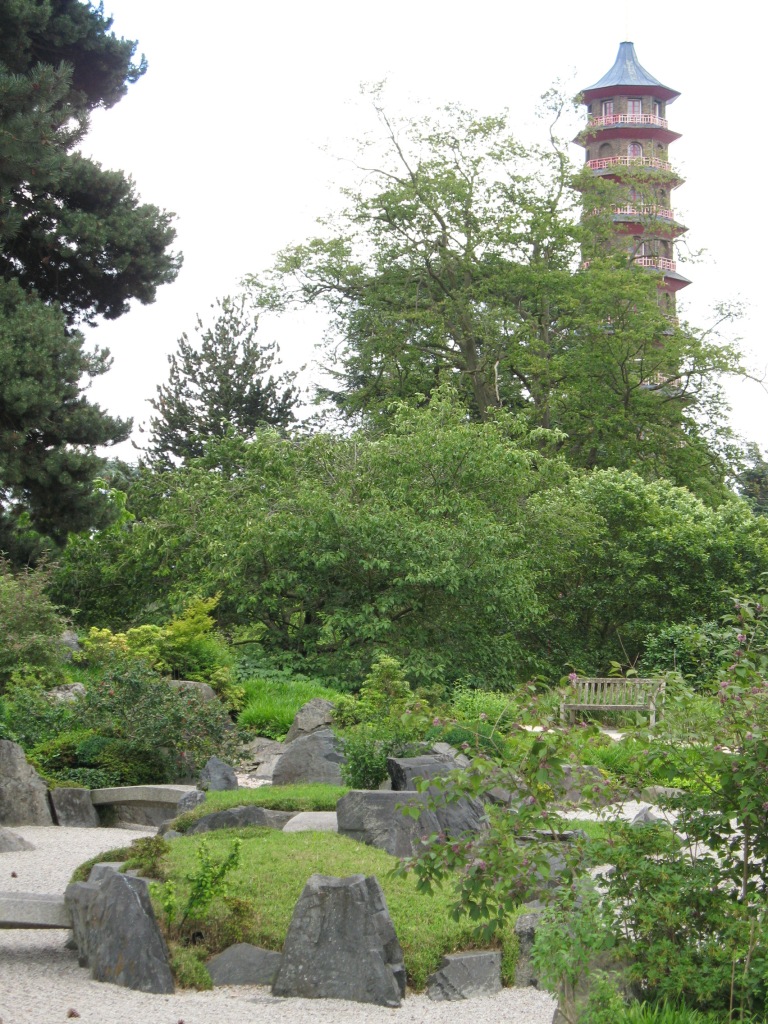
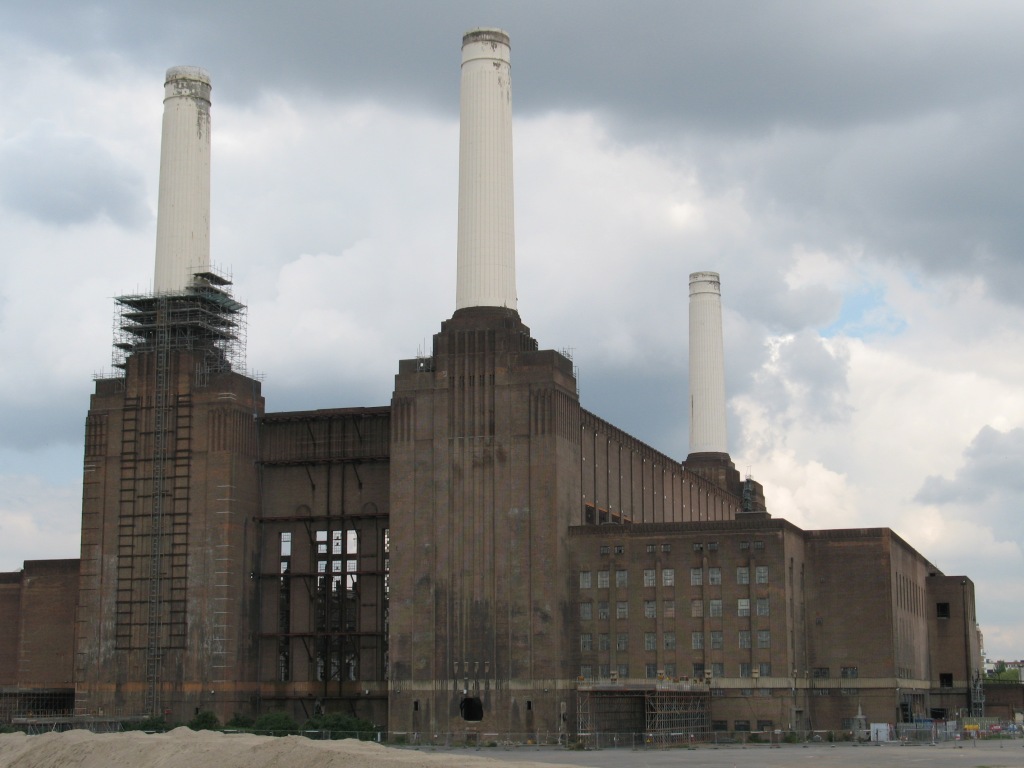
Battersea Power Station sits in monstrous isolation on the south bank, quietly crumbling away. Many ambitious schemes have come and gone for its redevelopment, yet still it remains resolutely empty. Even Pink Floyd couldn’t lift its fortunes with their giant inflatable pig. Imposing, enigmatic, cursed – the Cathedral of Power.
Central London is full of great Edwardian and Victorian architecture, particularly around the West End. This is the sweeping curve of Park Crescent, by Regent’s Park.
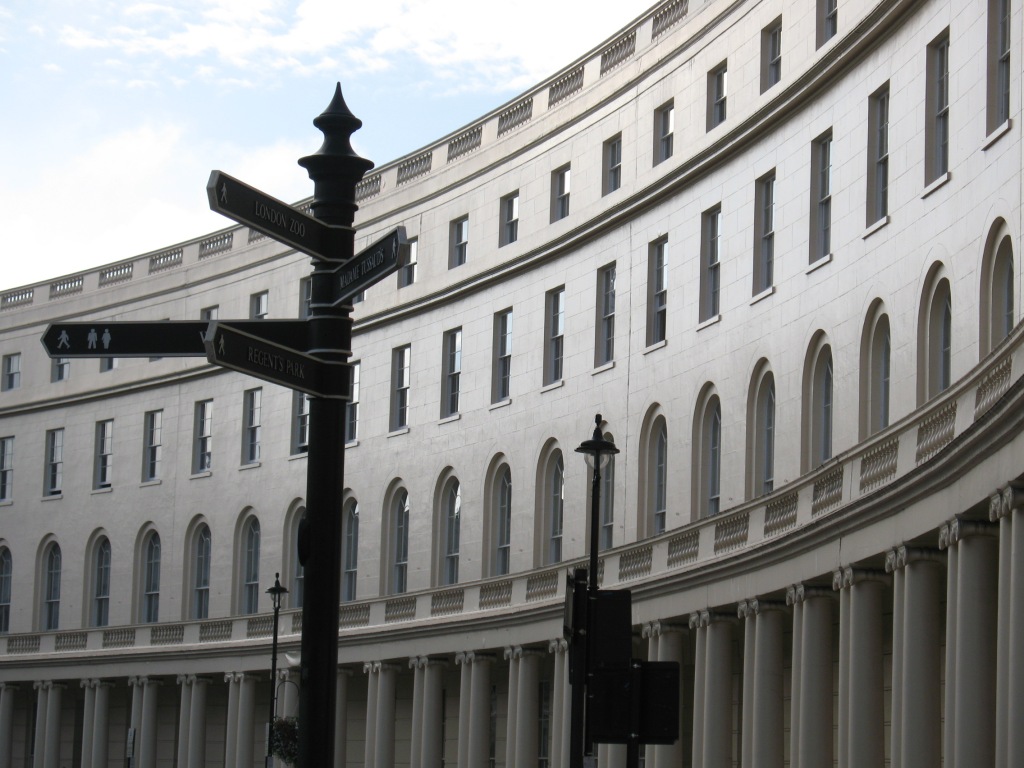

Buckingham Palace is of course where the monarch officially lives, in central London. It is open to the public for just a couple of months a year, and I’m sorry to report that I’ve still not actually been, even after living in London twice. Still, it’s always a reason to go back…
Created 2001 | Updated 2014
